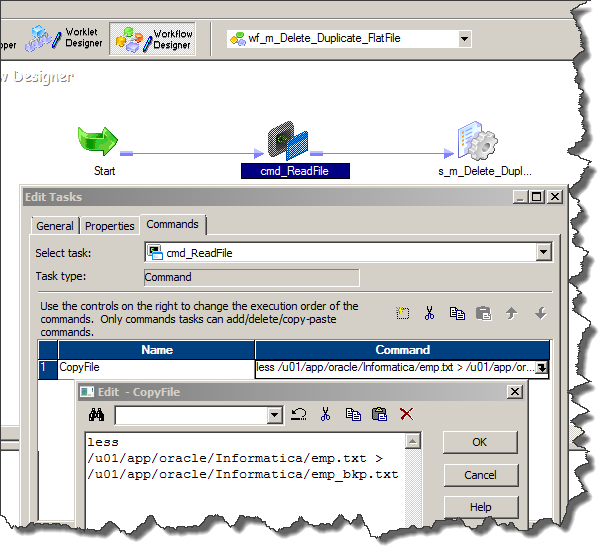
Recordit delete update#
There are several ways to update data in an Access database. After you call the UpdateBatch method, you can use the Status property to check for any data conflicts in order to resolve them.Access for Microsoft 365 Access 2021 Access 2019 Access 2016 Access 2013 Access 2010 Access 2007 More. This applies to changes made with the AddNew, Update, and Delete methods. If a provider supports batch updating, you can have the provider cache changes to more than one record and then transmit them in a single call to the database with the UpdateBatch method. You can also pass arrays of values as parameters with the AddNew and Update methods and simultaneously update several fields in a record. In immediate updating, all changes to data are written immediately to the underlying data source once you call the Update method. Recordset objects can support two types of updating: immediate and batched. When you use the Move methods to visit each record (or enumerate the Recordset), you can use the BOF and EOF properties to determine if you've moved beyond the beginning or end of the Recordset. Forward-only Recordset objects support only the MoveNext method. You can use the MoveFirst, MoveLast, MoveNext, and MovePrevious methods the Move method and the AbsolutePosition, AbsolutePage, and Filter properties to reposition the current record, assuming the provider supports the relevant functionality. If there are no records, the BOF and EOF property settings are True. When you open a Recordset, the current record is positioned to the first record (if any) and the BOF and EOF properties are set to False. You can create as many Recordset objects as needed. If you do not use this object variable when opening your Recordset objects, ADO creates a new Connection object for each new Recordset, even if you pass the same connection string. However, if you are opening multiple Recordset objects over the same connection, you should explicitly create and open a Connection object this assigns the Connection object to an object variable. ADO still creates a Connection object, but it doesn't assign that object to an object variable.

When used with some providers (such as the Microsoft ODBC Provider for OLE DB in conjunction with Microsoft SQL Server), you can create Recordset objects independently of a previously defined Connection object by passing a connection string with the Open method.

If the CursorLocation property is set to adUseClient to open a Recordset, the UnderlyingValue property on Field objects is not available in the returned Recordset object. If you don't specify a cursor type, ADO opens a forward-only cursor by default. Check the documentation for the provider. Some providers don't support all cursor types. Set the CursorType property prior to opening the Recordset to choose the cursor type, or pass a CursorType argument with the Open method. This improves performance in situations where you need to make only a single pass through a Recordset. Additions, changes, or deletions by other users will not be visible. This is the only type of cursor allowed when you open a client-side Recordset object.įorward-only cursor - allows you to only scroll forward through the Recordset. Static cursor - provides a static copy of a set of records for you to use to find data or generate reports always allows bookmarks and therefore allows all types of movement through the Recordset. It always supports bookmarks and therefore allows all types of movement through the Recordset. Data changes by other users will still be visible. Keyset cursor - behaves like a dynamic cursor, except that it prevents you from seeing records that other users add, and prevents access to records that other users delete.

There are four different cursor types defined in ADO:ĭynamic cursor - allows you to view additions, changes, and deletions by other users allows all types of movement through the Recordset that doesn't rely on bookmarks and allows bookmarks if the provider supports them. Existing applications that reference the outdated ADOR.Recordset ProgID will continue to work without recompiling, but new development should reference ADODB.Recordset. Depending on the functionality supported by the provider, some Recordset methods or properties may not be available.ĪDODB.Recordset is the ProgID that should be used to create a Recordset object. All Recordset objects consist of records (rows) and fields (columns). When you use ADO, you manipulate data almost entirely using Recordset objects. You use Recordset objects to manipulate data from a provider. At any time, the Recordset object refers to only a single record within the set as the current record. Represents the entire set of records from a base table or the results of an executed command.


 0 kommentar(er)
0 kommentar(er)
